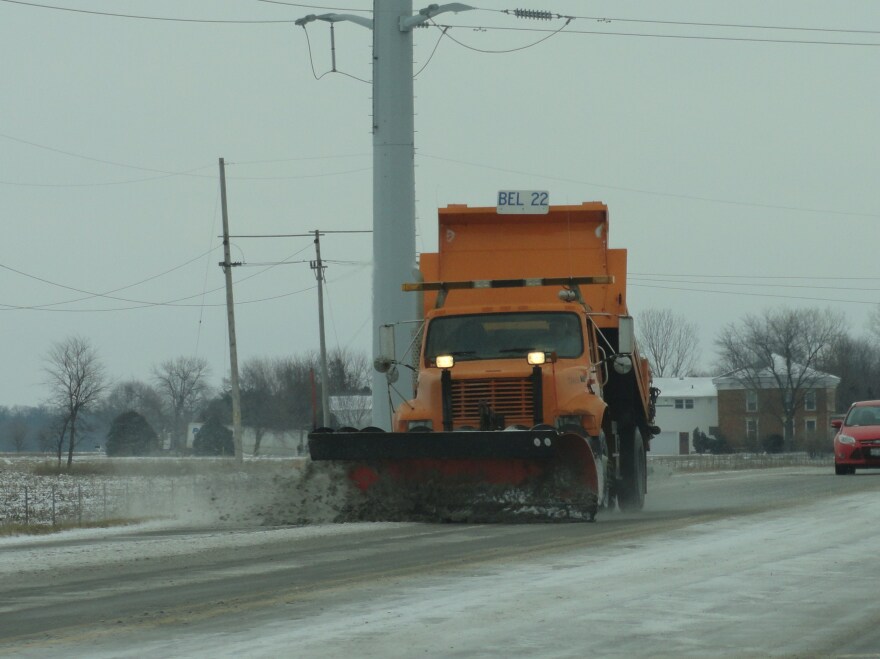Not only did Peoria miss out on a white Christmas, but the city also saw one of its warmest-ever winters.
Illinois State Climatologist Trent Ford said this past December was also Peoria's third-warmest on the books.
Ford said last month was exceptional even among other temperature atypical months.
"A lot of times when we look at monthly average temperatures, we'll see a short period of time where temperature spiked really high, and then the rest of the month was kind of near normal," Ford said. "In fact, last month, it was just every single day, it seemed like was not just above normal, but 5,10 ,5 degrees above normal, and actually, we had several days that were more than 20 degrees above normals in a single day. So just persistently warm."
There's a few reasons which play into that. The effects of the La Niña weather pattern on the Pacific Ocean can lead to warmer temperatures globally in the late fall and early winter. Ford said a high-pressure ridge over the central U.S. also played a role by bringing warmer air up from the Gulf of Mexico.
But a couple atypical factors leading to more warming, Ford said it fits in with the larger trend of warming seasons over a long period of observable time.
"Here in Illinois, every single month, every single season has warmed over the last 100 years here in Illinois. And in winter, actually December, January, February, has warmed at a faster rate than the other seasons," he said. "And so December is just another step in that long term trend of just warmer overall warmer winters, especially that early winter period."
Ford said those who talk about memories of "more snow" as a child usually grew up in the 1970s, which had a string of intense winters with heavy snowfall. But while that might be an example of memory playing tricks on people, he said perceptions of winter getting warmer than in years' past have some basis in observable trends.
"It doesn't get as cold as long. What we have seen a decrease in as nighttime temperatures, especially in the winter, have warmed, we've seen a decrease in the last few decades of strings of days or nights where temperatures don't get above the single digits," Ford said.
He noted that doesn't mean there still can't be bitterly cold days, like the state's all-time low of -38 degrees Fahrenheit recorded in Mt. Carroll in 2019. But generally, Ford said those cold spurts are getting shorter in duration.
Ford said it's not easy to tie specific records to climate change, but he did say in recent years, high temperature records are being shattered more frequently. Nearly 800 high minimum temperature records were broken in 2021, compared to just 200 low minimum temperature records.
"That's sort of what we're seeing year after year, is that more warm temperatures as far as more warm records are being broken more than cold records, and that is one of those sorts of indicators of that long term trend moving to warmer and warmer winters, but also all other seasons as well," he said.
December also saw an unusual outbreak of tornadoes, causing injuries, damage throughout the state, as well as six deaths at an Edwardsville, Ill. Amazon facility on December 10.
Ford said it's challenging to say whether warming Decembers will lead to more late-season tornado outbreaks or not, and how that links to climate change.
"I'm hoping that the next five to 10 years worth of research, continued great observation forecasting, can elucidate some of that, some of those connections for us," he said. "We'll get a better idea of the risks that we face with severe weather and climate change. But right now, that's still a bit uncertain."


